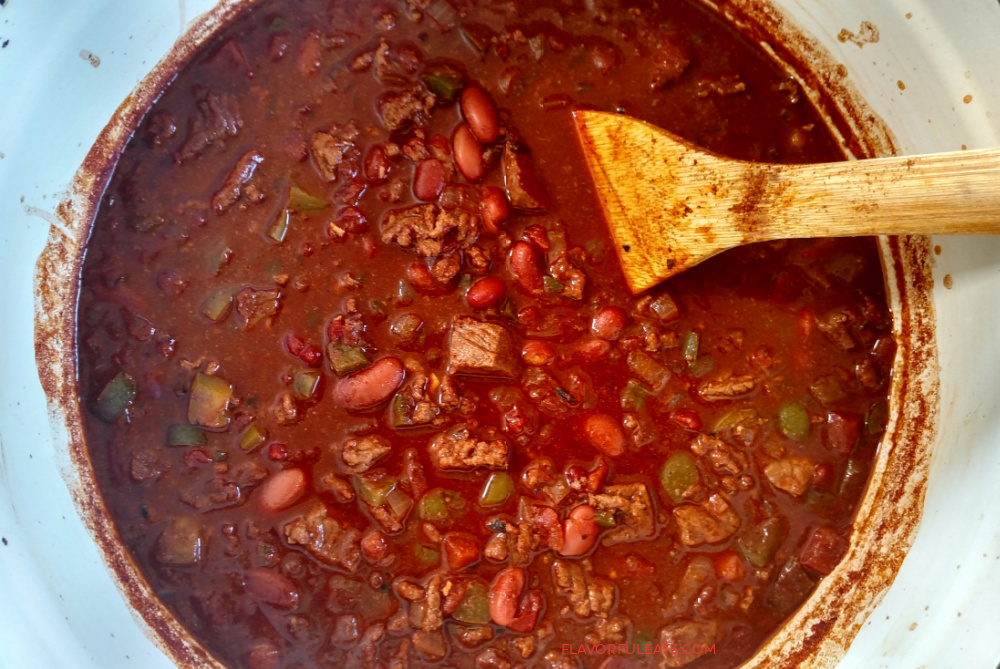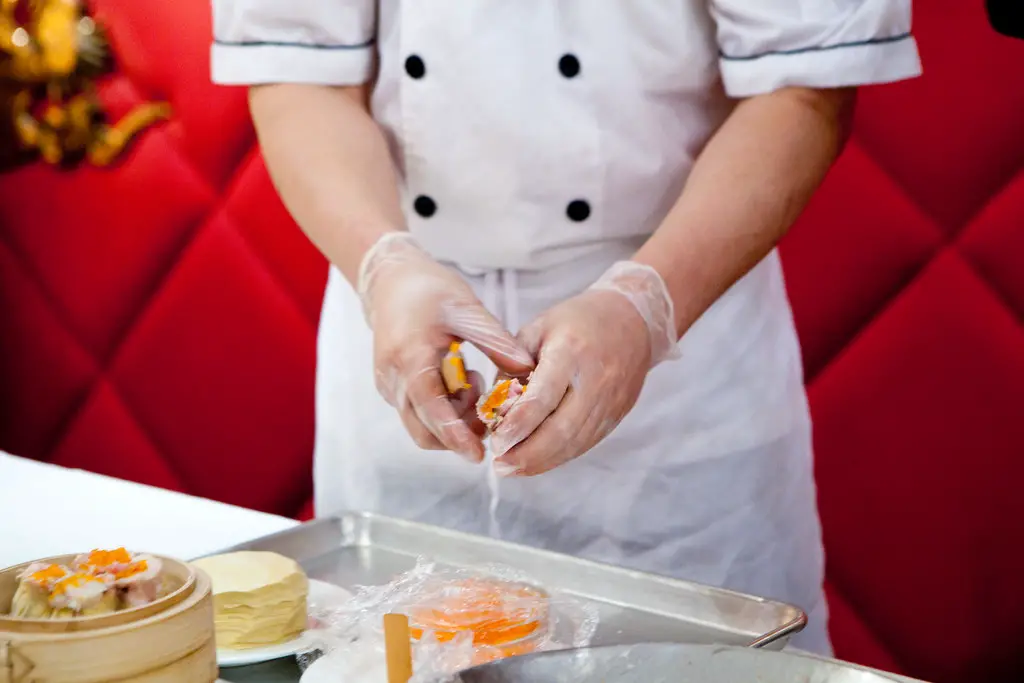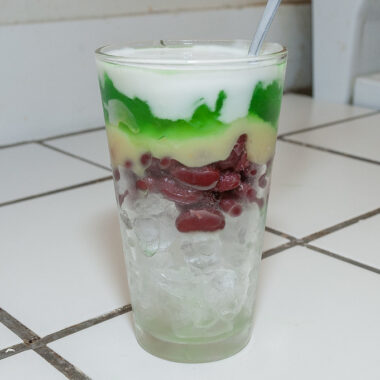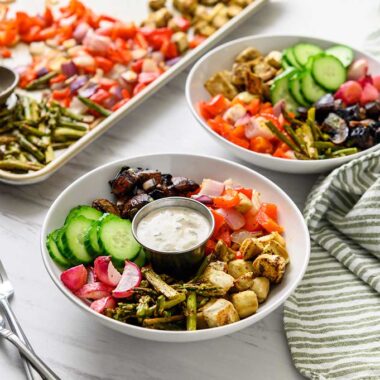Limoncello, the vibrant, citrusy liqueur hailing from Italy’s sun-drenched Amalfi Coast, is more than just a drink—it’s a celebration of lemons, tradition, and the art of patience. With its bright yellow hue and bold, tangy flavor, limoncello has captured the hearts of cocktail lovers, dessert makers, and home cooks worldwide. Whether sipped chilled as a digestif, drizzled over desserts, or mixed into creative concoctions, this lemon-infused spirit is versatile and surprisingly simple to make at home. In this article, we’ll explore the origins of limoncello, walk through a traditional recipe, offer exciting variations, and share ways to incorporate it into your culinary repertoire.
A Brief History of Limoncello
Limoncello’s roots are deeply embedded in southern Italy, particularly in the regions of Campania, Sicily, and Calabria, where lemon groves flourish under the Mediterranean sun. While its exact origins are debated, legends abound. One popular tale credits monks in the Middle Ages with creating limoncello as a medicinal tonic, while another attributes it to fishermen who used the potent drink to warm themselves during chilly nights at sea. The most romantic story, however, involves a family on the Amalfi Coast in the early 20th century, where a woman named Maria Antonia Farace tended a lemon garden and began infusing lemon zest into alcohol, passing the recipe down through generations.
Today, limoncello is a symbol of Italian hospitality, often served ice-cold in small ceramic cups after a meal. Its commercial production has boomed, but homemade versions remain a point of pride for many Italian families—and now, for adventurous home cooks worldwide.
The Essence of Limoncello: What You’ll Need
At its core, limoncello requires just four ingredients: lemons, alcohol, sugar, and water. However, the quality of each component is crucial to achieving that signature balance of tartness and sweetness. Here’s what you’ll need for a traditional batch:
- Lemons: 10-12 medium-sized, organic, unwaxed lemons (preferably Sorrento or Amalfi lemons, though Meyer lemons work well too). The zest is the star, so vibrant, aromatic lemons are key.
- Alcohol: 1 liter of high-proof grain alcohol (95% ABV, like Everclear) or vodka (at least 40% ABV). Higher proof extracts more flavor from the zest.
- Sugar: 3-4 cups (600-800 grams), depending on your sweetness preference.
- Water: 4-5 cups (1-1.25 liters), to dilute the infusion.
You’ll also need basic equipment: a vegetable peeler or microplane, a large glass jar with a tight lid, a fine mesh strainer, cheesecloth, and bottles for storing the finished product.
Traditional Limoncello Recipe
This classic recipe yields about 2 liters of limoncello and requires patience—about a month from start to finish—but the result is worth it.
Ingredients:
- 10 organic lemons
- 1 liter 95% grain alcohol (or vodka)
- 3.5 cups (700g) granulated sugar
- 4.5 cups (1.1 liters) filtered water
Instructions:
- Prepare the Lemons: Wash the lemons thoroughly under warm water to remove any dirt or residue. Pat them dry. Using a vegetable peeler or microplane, carefully remove the zest, avoiding the bitter white pith underneath. The zest should be bright yellow and fragrant.
- Infuse the Alcohol: Place the lemon zest in a large, clean glass jar. Pour the alcohol over the zest, ensuring it’s fully submerged. Seal the jar tightly and store it in a cool, dark place (like a pantry) for 2-4 weeks. Shake the jar gently every few days to agitate the mixture. Over time, the alcohol will turn a vivid yellow as it extracts the oils and flavors from the zest.
- Make the Simple Syrup: After the infusion period, prepare the syrup. In a saucepan, combine the sugar and water over medium heat. Stir until the sugar dissolves completely, then remove from heat and let it cool to room temperature.
- Combine and Strain: Once the syrup has cooled, strain the lemon-infused alcohol through a fine mesh strainer or cheesecloth into a large bowl, discarding the zest. Mix the infused alcohol with the cooled syrup, stirring well to combine. Taste and adjust sweetness by adding more syrup if desired (though traditional limoncello leans toward a tart finish).
- Bottle and Chill: Pour the limoncello into clean, sterilized glass bottles using a funnel. Seal tightly and let it rest for another week in a cool, dark place to meld the flavors. After this, store it in the freezer—limoncello is best served ice-cold. It won’t freeze due to the high alcohol content.
Serving Suggestion: Pour into chilled shot glasses or small cups and sip slowly after a meal. Garnish with a twist of lemon peel for an elegant touch.
Variations on the Classic
While the traditional recipe is a timeless favorite, limoncello’s versatility invites experimentation. Here are some creative twists to try:
- Creamy Limoncello (Crema di Limoncello)
For a smoother, dessert-like version, add cream to the mix.- Ingredients: Same as the traditional recipe, plus 2 cups (500ml) whole milk or heavy cream.
- Method: After straining the lemon-infused alcohol, heat the milk or cream with the sugar until dissolved, then cool completely. Combine with the alcohol infusion, bottle, and chill. Serve over ice or use as a topping for gelato.
- Note: Creamy limoncello has a shorter shelf life (about 1-2 months in the fridge).
- Spiced Limoncello
Add warmth with spices like cinnamon or vanilla.- Ingredients: Traditional recipe, plus 1 cinnamon stick or 1 vanilla bean.
- Method: Add the spice to the alcohol during the infusion stage. Remove before mixing with the syrup. This version pairs beautifully with fall desserts like apple tart.
- Herbal Limoncello
Infuse with fresh herbs for a botanical twist.- Ingredients: Traditional recipe, plus a handful of fresh basil, mint, or rosemary.
- Method: Add the herbs to the zest during infusion. Strain out with the zest. Basil limoncello, for instance, adds a peppery note that’s divine in cocktails.
- Meyer Lemon Limoncello
Swap regular lemons for Meyer lemons, which are sweeter and more floral.- Method: Reduce the sugar slightly (to 2.5-3 cups) to balance the natural sweetness. The result is a softer, less tart limoncello.
- Quick Limoncello
Short on time? This version cuts the infusion to a few days.- Method: Use vodka instead of grain alcohol and infuse for 3-5 days. It’s less intense but still delicious.
Limoncello in the Kitchen: Beyond the Glass
Limoncello isn’t just for sipping—it’s a secret weapon in cooking and baking. Here are some inventive ways to use it:
- Desserts: Drizzle over pound cake, mix into whipped cream, or use in a lemon tiramisu by swapping out the coffee liqueur. For a simple treat, stir 2 tablespoons into a batch of vanilla ice cream before freezing.
- Cocktails: Create a Limoncello Spritz by mixing 2 oz limoncello with 3 oz prosecco and a splash of soda water, served over ice with a lemon slice. Or shake it with gin and simple syrup for a zesty martini.
- Savory Dishes: Reduce limoncello in a pan with butter and garlic for a tangy sauce to drizzle over grilled shrimp or chicken. It adds a bright, unexpected note to seafood.
Tips for Limoncello Success
- Quality Matters: Use the best lemons you can find—organic is ideal since you’re using the peel. If possible, source Sorrento or Amalfi lemons from a specialty grocer.
- Pith is the Enemy: Avoid the white pith when zesting; it introduces bitterness that can overpower the drink.
- Patience Pays Off: Longer infusion times (up to a month) yield deeper flavor, but don’t rush the process.
- Storage: Limoncello keeps indefinitely in the freezer, though its flavor is freshest within a year.
Troubleshooting Common Issues
- Too Bitter?: You likely included pith. Dilute with more syrup or water next time.
- Too Sweet?: Reduce the sugar or increase the infusion time for more lemon intensity.
- Cloudy Appearance?: This can happen with high-proof alcohol or improper straining. Use cheesecloth for a clearer finish.
Cultural Notes and Pairings
In Italy, limoncello is more than a drink—it’s a ritual. It’s often paired with biscotti, almond cookies, or a slice of lemon cake to complement its tartness. During summer festivals along the Amalfi Coast, you’ll find vendors selling it in tiny cups alongside fresh seafood and pastries, a testament to its role in local cuisine.
Conclusion: Your Limoncello Journey
Making limoncello at home is a labor of love, a process that rewards patience with a burst of sunshine in every sip.
Whether you stick to the classic recipe, experiment with variations, or weave it into your cooking, limoncello offers endless possibilities. It’s a taste of Italy you can craft in your own kitchen, a zesty reminder of la dolce vita. So gather your lemons, uncork your creativity, and let the infusion begin—your perfect batch of limoncello awaits.


















